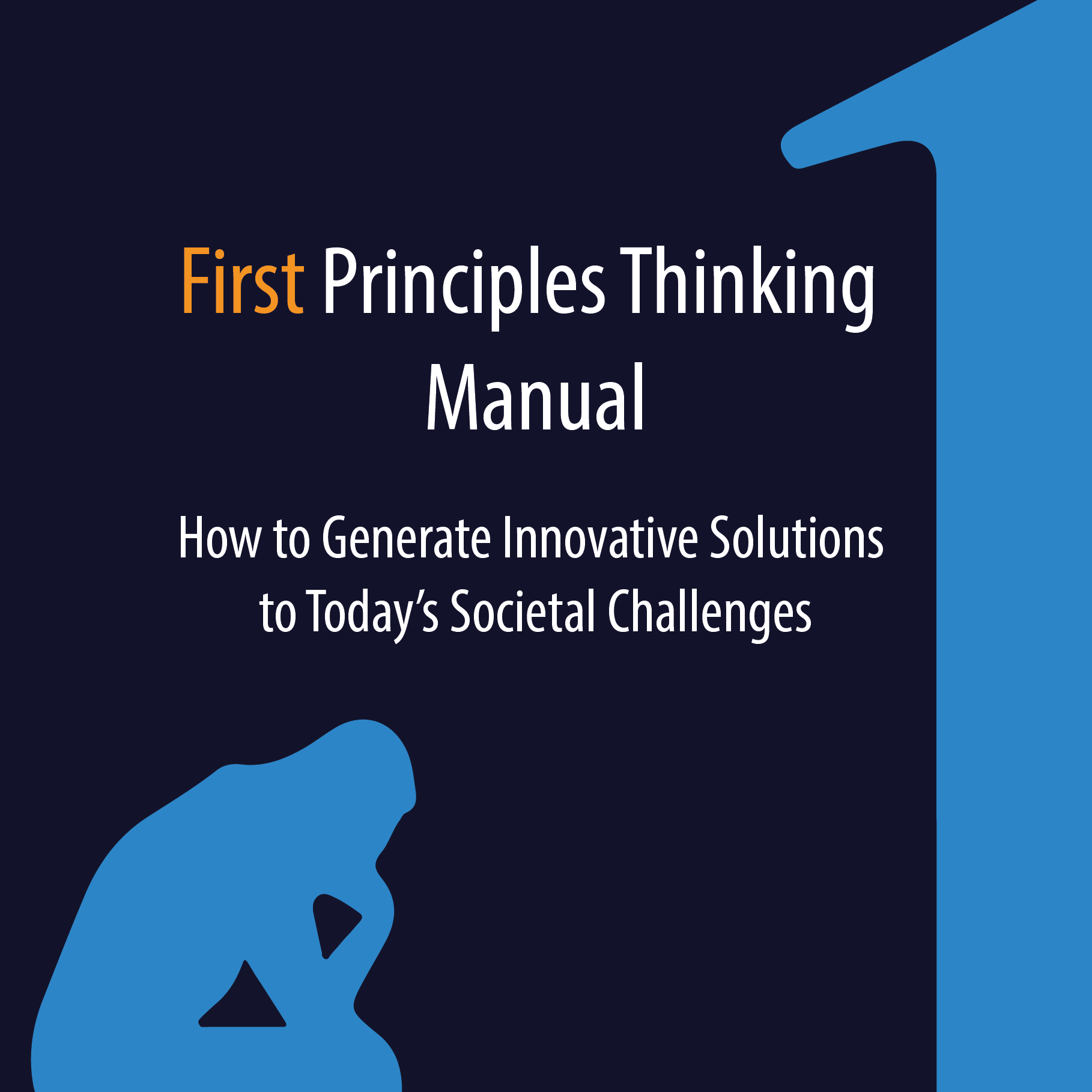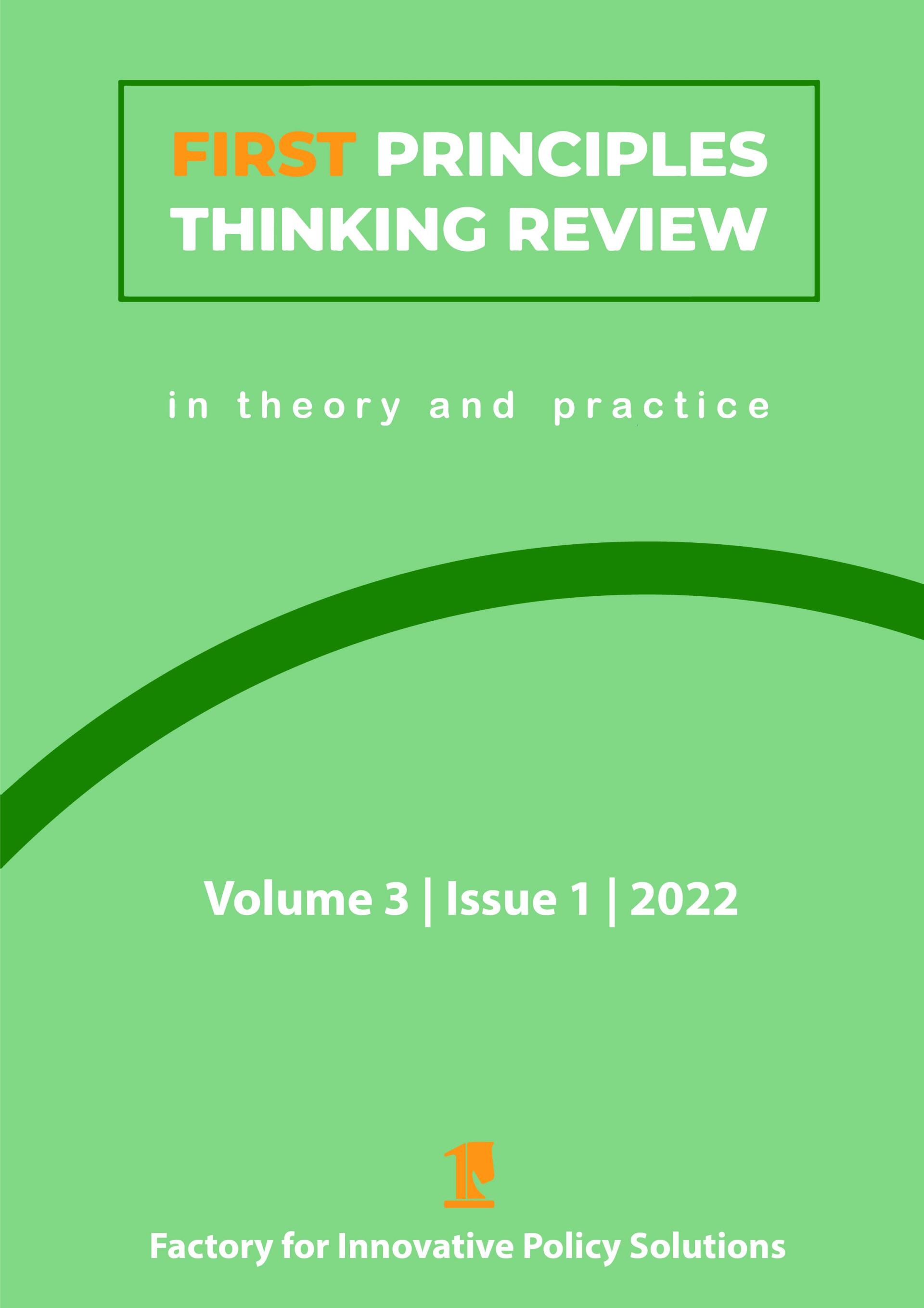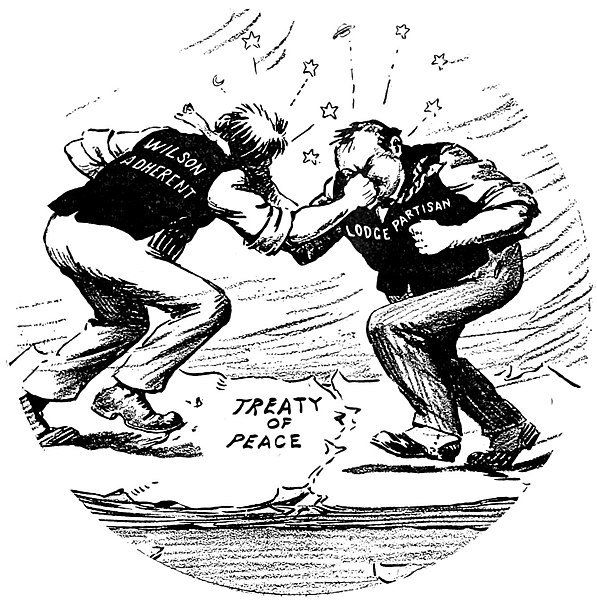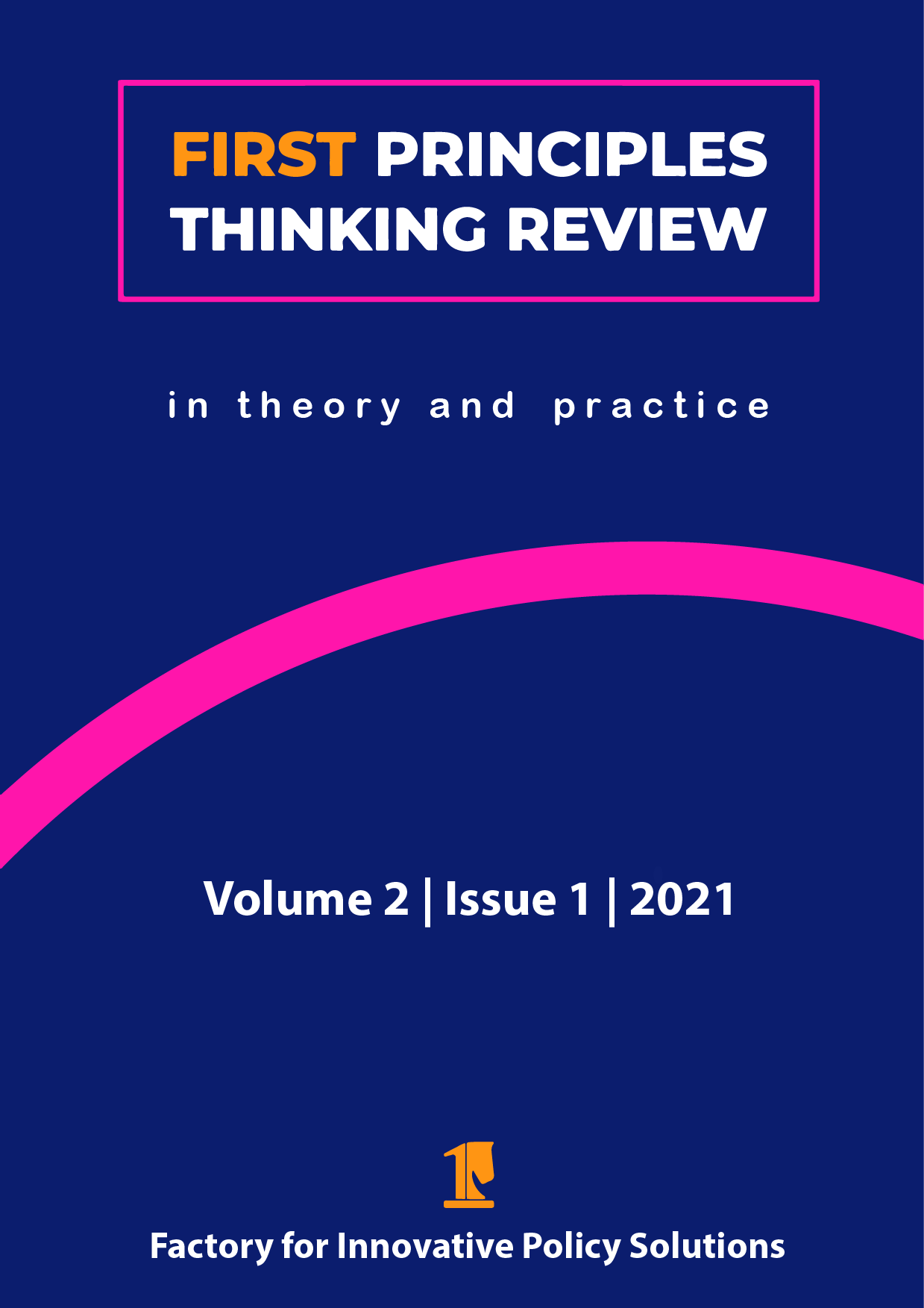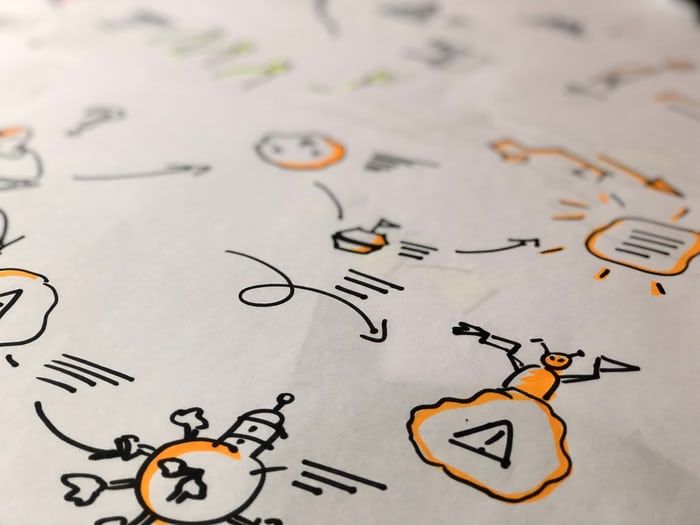First Principles Thinking as a Tool to Come Up with Possible Explanations: How Were the Pyramids of Giza Built?

Photo by Hossam M. Omar
First principles thinking can be used for several purposes, ranging from coming up with innovative solutions to contextualising your research and making decisions. The potential of this technique is far reaching, but several of its applications are underexposed. This article provides you with practical insights on another way in which the technique can be helpful: generating potential explanations (hypotheses). The example of finding out how the pyramids of Giza were built is used for illustration purposes and may not always be underpinned by fully accurate assumptions.
Keywords:
First principles thinking, hypothesis generation, explaining, pyramid building, Giza, Egypt
First principles thinking and generating hypotheses
Have you ever looked at the pyramids of Giza and wondered: how could such incredible structures be built around 4,500 years ago?
Many historians have immersed themselves into this question, and they have come up with several potential explanations for each of the challenges that needed to be overcome. One such challenge concerns the transportation of the pyramid’s material from nearby quarries to the pyramid’s construction site, as each block is estimated to weigh about 2,268 kilograms (2.5 tonnes) on average (Markings, 2017). How were they transported to the construction site?
I’m not sure what process historians followed to come up with hypotheses, but I can imagine that first principles thinking (FPT)—being a technique that guides you to systematically come up with new solutions by way of reverse-engineering a challenge into scientific fundamental truths and from there reasoning up to discover new solutions—could offer useful guidance for such an exercise. Instead of looking for solutions you look for hypotheses.
How exactly? By pretending to be a ‘first principles thinking’ pharaoh in Egypt around 2,500 BC with the ambition to build such a polyhedron-shaped mortuary temple in Giza. Once incarnated, we would follow a similar process as the first principles thinking steps outlined in the
First Principles Thinking Manual (2019) to realise this ambition, while using the knowledge we now have in retrospect.
Note that this pharoah probably did not start from scratch, as pyramids such as the Bent Pyramid and Djoser's Step Pyramid were built earlier on, which in turn might also have been pre-dated by similar structures such as Mesopotamian ziggurats. However, let’s pretend the pharaoh and his architects wanted to create something new as opposed to copying existing structures.
Follow the first principles thinking steps
First principles thinking seems to be most suitable for concrete and demarcated challenges. So we'll have to break down the bigger challenge of building such a pyramid altogether into smaller challenges, such as transporting (components of) large stones from nearby quarries to the construction site. Now let’s apply the first principles thinking steps.
Step 1: Identify your objective
Transforming the challenge into an objective statement that captures what needs to be done, for whom and in which locality would look something like this:
- Transport the building material from nearby quarries to the construction site in Giza.
Step 2: List the obstacles
The main obstacles in the way of the objective would be:
- The stones are heavy.
- The stone blocks need to be transported from quarries just outside the pyramid construction site.
Step 3: Question your assumptions
Now let’s question the assumptions underlying each obstacle by way of asking fundamental Socratic questions. This is a truth-finding method that questions the validity of one’s beliefs and assumptions in a disciplined, rigorous and thoughtful manner.
- Are those stones really heavy? How much do they weigh exactly? How much deadweight can a human carry? How many people would it take? What animals are present to help out? What makes them heavy? Do they need to be carried at all? Is there an alternative? Could the weight temporarily be reduced for transportation? What are the stones made of exactly? Could these ingredients be decomposed and reassembled at the construction site? Is it really far away? How far away is it exactly by land, water, etc.? Can’t the departure point and destination meet halfway?
Step 4: Uncover some first principles
To get to the core of the obstacles—the very first principles—we need to try to answer these questions, ideally in a way that is supported by scientific evidence, but otherwise intuition or a search engine query will do for now.
- Each stone weighs approximately 2,268 kilograms (nearly 2.5 tonnes) (Markings, 2017). A person in good physical condition could potentially lift about 210% of their body weight (Sifferman, 2017), let’s say about 160 kilograms (0.18 tonnes) of deadweight, and push or pull about 45 kilograms (0.045 tonnes) of horizontal force for a short period of time (Load Mover Inc, 2012). It would take at least 14 people to vertically pull up such a stone, or 56 people to push or pull such a stone, but probably more considering the additional weight caused by friction between the stones and surface. Lions and hippos were around at the time to potentially help out (Mark, 2016). Camels were only introduced many years after the pyramids were built (Saber,1998). Instead of quarrying and transporting the stones, they could be (partially) assembled using an early form of concrete: a mixture of limestone, clay, lime and water (Berninger & Rose, 2007). The stones were possibly quarried at the Giza Plateau (Ancient Egypt Research Associates, n.d.), which seems to be either at or within a few kilometers from the pyramid construction site.
Step 5: Come up with hypotheses
In a regular FPT exercise you would look at the first principles and ask how-questions to come up with new ideas, such as “How can we reduce the friction between stones and surface?”. If nothing comes to mind you could ask some more questions, such as “What creates friction exactly?”, and find that this is due to the roughness of the surfaces (this is another first principle). A logical how-question would then be: “How can we reduce such roughness?” And then think of the idea to polish the rough surfaces, lubricate them or create the possibility of rolling friction as opposed to sliding friction. “What materials did the Egyptians have at their disposal to make this happen?” Stones to polish, water to lubricate and tree logs to create rolling friction? Indeed, reducing friction can surely be (part of) a possible explanation.
The question “How could the components of a large stone necessary to build the pyramid be transported and then be assembled at the construction site?” might furthermore generate the idea to transport these ingredients in smaller quantities and then assemble them on site. However, knowing retroactively that the stones may indeed have consisted of different components that were cemented unnaturally, we can already confidently hypothesise that these stones were assembled on site, which actually makes the obstacles of the stones being heavy and located outside of the construction site. However, it is a plausible hypothesis nonetheless.
Our goal is achieved; we have arrived at two reasonable hypotheses:
- The Egyptians used stones to polish, water to lubricate and tree logs to create rolling friction in order to ease transportation of the stone blocks.
- The Egyptians brought limestone, clay, lime and water in smaller quantities and assembled them into building blocks on site.
Step 6: Validate your hypotheses
In a regular FPT exercise you would now refine your ideas. Something similar can be done in this context, namely assessing their plausibility by going through a few more rounds of FPT:
- Where would the stones, water and logs to ease transportation come from exactly? How many logs and how much water would be necessary to help transport all of the large stones? Were they available in these quantities?
- Would it be possible to extract smaller quantities of limestone, clay and water? How could these components be transported? How many rounds and people would be necessary? Did they need to cross rough terrain such as a river or hill?
- Is there any evidence of construction and transportation practices, for example in the form of tomb paintings?
Ideally you would be able to get some answers (first principles) and select which hypotheses are most plausible, based on their practical feasibility and effectiveness to overcome the aforementioned obstacles. I will, however, stop here as I don’t have the resources to seek further answers.
Conclusion
This article presents an approach to hypothesis generation through the lens of first principles thinking. The key to this approach is to (1) turn an observed outcome or variable into an objective, after which you would (2) identify obstacles to achieve the objective, (3) question your assumptions regarding these obstacles, (4) answer these questions to identify first principles, (5) ask how-questions to come up with possible hypotheses and, finally, (6) validate your hypotheses by asking some more critical questions. As the illustration of pyramid building shows, this process has potential to result in some solid hypotheses, or elements thereof.
A search engine query actually showed that others had also come up with these hypotheses, alongside several others (Ammar, 2014). Did they use FPT? Perhaps in some way, as critical thinking and fact checking underlying traditional hypothesis generation is also fundamental to first principles thinking. Nevertheless, hopefully this article gave you some insights to structure your search for possible explanations, for example when your work or hobby involves empirical research (e.g. process tracing) or investigation (e.g. police work).
References
- Ammar, H. (2014) Solved! How Ancient Egyptians moved massive pyramid stones. NBC News. https://www.nbcnews.com/science/science-news/solved-how-ancient-egyptians-moved-massive-pyramid-stones-n95171
- Ancient Egypt Research Associates. (n.d.) The Great Pyramid quarry. AERA. http://www.aeraweb.org/gpmp-project/great-pyramid-quarry/
- Load Mover Inc (2012) An explanation of force and labor power. Load Mover Inc. https://www.loadmoverinc.com/force-labor-power/
- Mark (2016) Pets in Ancient Egypt. World History. https://www.worldhistory.org/article/875/pets-in-ancient-egypt/
- Markings, S. (2017). How much did the pyramids weigh? Sciencing. https://sciencing.com/much-did-pyramids-weigh-7499289.html
- Sifferman, J. (2017) How much should I be able to deadlift? Physical Living. https://physicalliving.com/how-much-should-i-be-able-to-deadlift/#:~:text=Advanced%20male%20lifters%20will%20deadlift,her%20body%20weight%2C%20on%20average
- Saber, A. S. (1998) The camel in Ancient Egypt. Proceedings of the Third Annual Meeting for Animal Production Under Arid Conditions, Vol. 1, 208-215. United Arab Emirates University. http://www.isocard.net/images/proceedings/FILEeaccdf0470981b4.pdf
- Verkerk, A. & Grass, K. (2019) First principles thinking for societal problem-solving: A manual to generate innovative solutions to today’s challenges. Factory for Innovative Policy Solutions.
First Principles Thinking Manual (pdf download) - FIPS (innovativepolicysolutions.org)
Apply first principles thinking yourself?
Would you like to apply first principles thinking yourself and have your problem-solving experience published in the First Principles Thinking Review? Then be sure to check out the submission guidelines and send us your rough idea or topic proposal. Our editorial team would be happy to work with you to turn that idea into an article.
Share this page
Disclaimer : The views, thoughts and opinions expressed in submissions published by FIPS reflect those of the authors and do not necessarily reflect the views held by FIPS, the FIPS team or the authors' employer.
Copyrights : You are more than welcome to share this article. If you want to use this material, for example when writing an article of your own, keep in mind that we use cc license BY-NC-SA. Learn more about the cc license here .
What's new?
